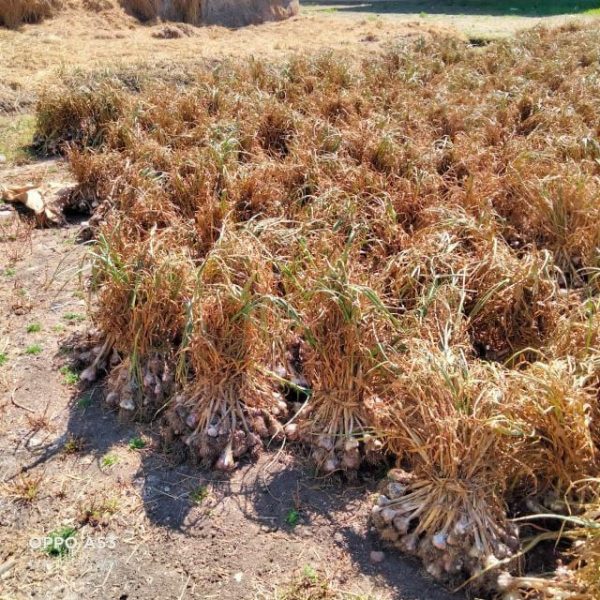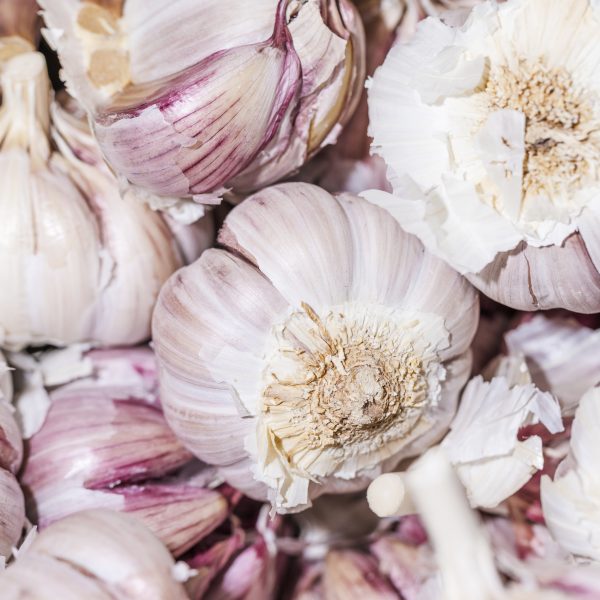
Benefits of Potato
-
Nutrient-rich: Potatoes contain vitamins, minerals, and fiber.
-
Potatoes provide protection against oxidative stress.
-
They can be used in various dishes.
-
Energy source: They offer carbohydrates for energy.
-
Support eye health and reduce the risk of age-related macular degeneration.
-
Aid digestion and promote regular bowel movements.
-
Contribute to hydration and assist in weight management.
-
Versatile ingredient in cooking, adding flavor and color to various dishes.
















































